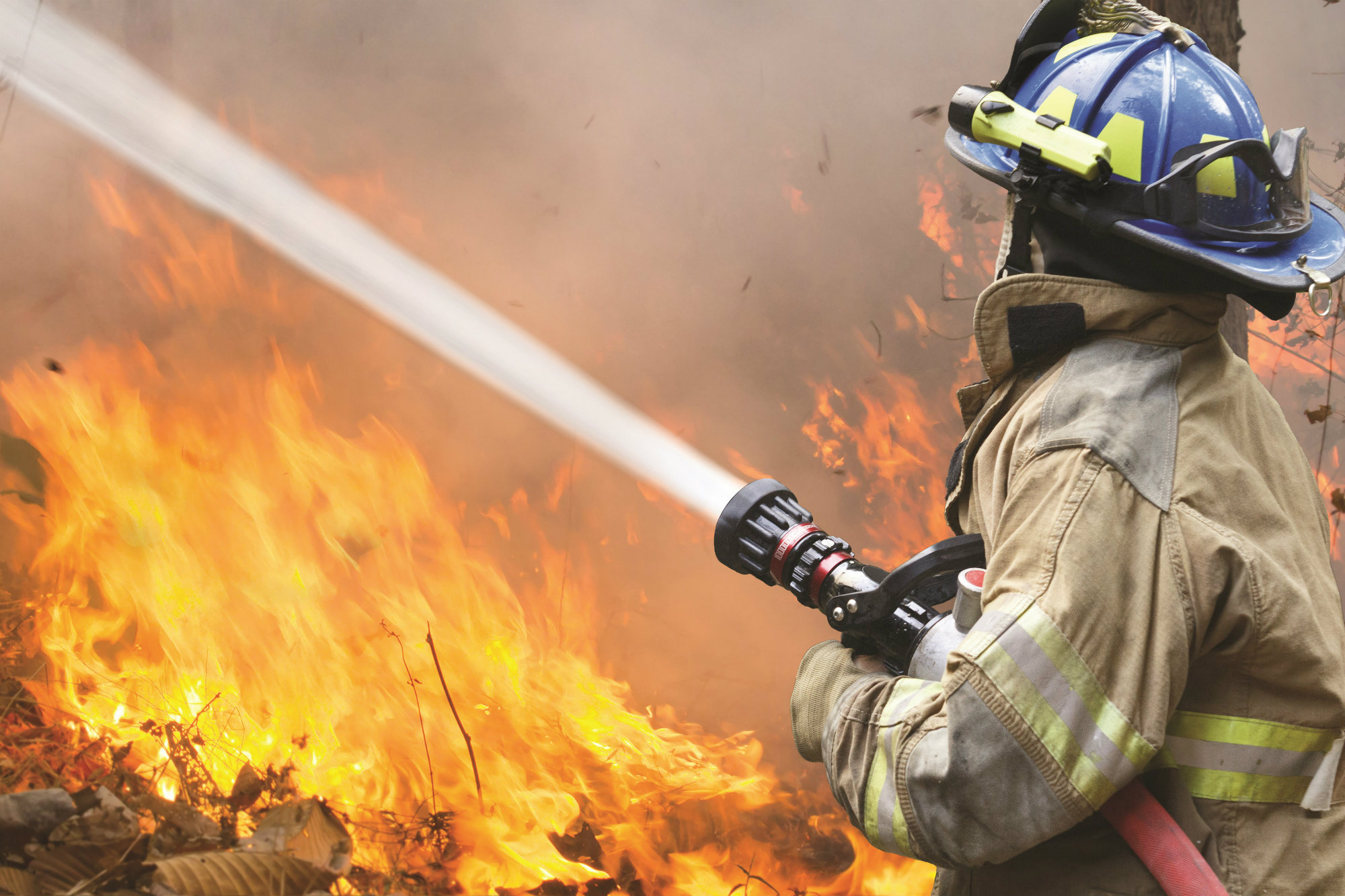As California recovers from historic wildfires experienced in late 2017, the industry continues to assess the damage.
In early October, blazes ravaged the San Francisco Bay-area city of Santa Rosa. Powered by winds sometimes exceeding 50 miles per hour, flames moved so fast that some had to escape with no notice. Approximately 45 people died, and 8,400 structures were burned. In early December, the so-called Thomas Fire scourged Southern California’s Santa Barbara and Ventura counties. It became the largest wildfire in the state’s history, torching approximately 440 square miles and damaging more than 1,300 structures.
Full containment of the Thomas Fire was not expected until late January, so it is too early to know the damage wrought on the industry in Southern California. However, professionals in the Bay Area have had a couple months to take stock.
Most people in the area have a story. The fires formed a ring within a 5-mile radius around PoolCorp’s Santa Rosa sales center, said its manager, Dean Diorio. While the flames never got close enough to threaten the facilities, they did affect the workday. With so many people on the road trying to flee, some staffers simply couldn’t make it to the office.
“People were fleeing everywhere,” Diorio said. “The freeways, all the back roads were clogged. It happened so fast.”
He estimates six or seven of his wholesale customers lost everything, including home, tools and equipment. “I know one gentleman … who woke up to his neighbors pounding on the door. He literally grabbed his keys [and fled].”
Another seven or eight employees of larger service firms lost their homes, Diorio said. But company facilities seem to have been spared.
More firms are dealing with lost work. The disaster particularly took a toll on the service sector. Pools affected by the fires are largely out of commission, and homeowners are focusing on home structures. Some even question whether they want to rebuild or move. Most service operations saw at least a couple customers dropped from their routes, but those who worked largely in the ravaged areas have lost almost all their clientele.
With several weeks passed, repair and renovation work has started. Some service technicians are taking up renovations to bring in revenue. Decks and structures have mostly fared well, but equipment and electrical systems have been damaged and melted, said John Oldfield, president of the Independent Pool and Spa Service Association. Tile lines and coping sometimes sustained damage from outside force, Diorio said.
Meanwhile, business continues to move for builders, as new construction projects remain plentiful and renovation opportunities increase. On the retail side, chemical sales are down, but equipment sales are on the rise, Diorio said.
Professionals must contend with an important issue: The Army Corps of Engineers is draining or will drain hundreds of pools as part of their clean up. Industry officials are concerned about whether the engineers are putting holes in the shells to help relieve hydrostatic pressure and prevent popping. IPSSA has tried to reach the Corps to discuss the potential hazards of draining, but they have not connected, said Oldfield, also president of Oldfield Inc. in Gilroy, Calif.
In other cases, Vector Control may place larvicides in pools and spas to prevent mosquito outbreaks, said Terry Snow, IPSSA’s Region 3 director and owner of TLS Pool Service in Upland, Calif. Professionals must address this during clean up.
In Southern California, the industry is still assessing the effects of the Thomas Fire, but Snow knew of at least two professionals who lost their homes and vehicles.


